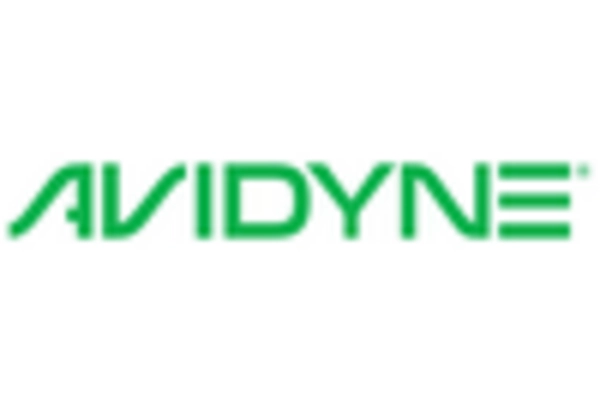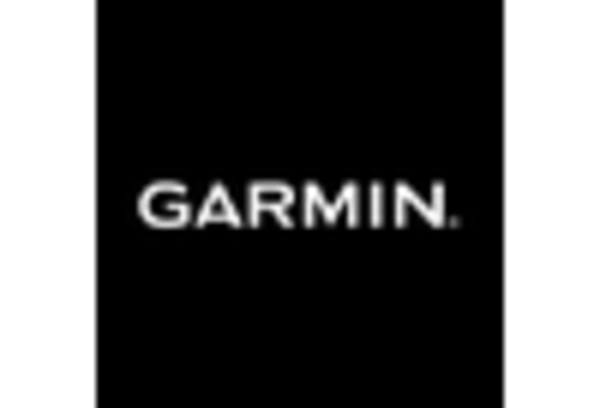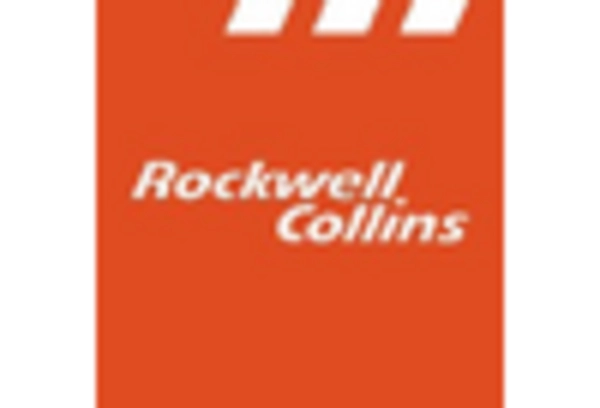Market Trends
Key Emerging Trends in the Aviation Beacons Technology Market
The Aviation Beacons Technology market is witnessing several trends that are reshaping the landscape of aviation safety, navigation, and infrastructure. A prominent trend in this sector is the evolution from traditional incandescent lighting to more advanced LED-based beacon systems. LED technology offers brighter illumination, energy efficiency, longer lifespans, and reduced maintenance costs. This trend towards LED-based beacons reflects a broader industry push for more efficient and sustainable solutions, aligning with the aviation sector's focus on reducing environmental impact while enhancing performance and reliability.
Technological advancements stand as a key trend driving the Aviation Beacons Technology market. The integration of smart features into beacon systems, including remote monitoring capabilities, predictive maintenance, and data-driven functionalities, is gaining momentum. These advancements allow for more sophisticated and efficient beacon solutions that provide real-time monitoring, improve operational efficiency, and enable proactive maintenance, enhancing overall safety and reducing downtime.
Another significant trend in the Aviation Beacons Technology market is the increasing adoption of beacon solutions in unmanned aerial vehicles (UAVs) or drones. Beacons play a critical role in UAV operations, ensuring safe and regulated flights, especially in shared airspace or near restricted zones. The rise in commercial and recreational drone usage across various sectors is driving the demand for specialized beacon technology compatible with UAV operations, marking a notable trend in the aviation industry.
Additionally, the trend towards infrastructure modernization and expansion within the aviation sector influences beacon technology. As airports undergo upgrades or construct new facilities, the demand for innovative beacon systems grows. This trend drives the development and installation of advanced beacon solutions tailored for airport infrastructure, vertiports, helipads, and communication towers, supporting efficient navigation and safety within these environments.
Integration with smart and connected systems is increasingly becoming a prevalent trend in the Aviation Beacons Technology market. The concept of smart beacons, equipped with connectivity features and capable of exchanging data with other aviation systems, is gaining traction. These smart systems enable seamless communication, remote monitoring, and enhanced functionality, contributing to safer and more efficient aviation operations.
Furthermore, regulatory compliance and adherence to safety standards remain a persistent trend shaping the beacon technology market. Stringent regulations imposed by aviation authorities, such as the FAA and international aviation bodies, continue to drive the demand for reliable and compliant beacon systems. The trend towards meeting and exceeding safety standards remains a focal point for companies within the aviation sector.
Sustainability and environmental considerations are increasingly influencing market trends in beacon technology. The shift towards eco-friendly solutions, particularly LED-based beacon systems known for their energy efficiency and reduced environmental footprint, is a notable trend. This aligns with the industry's commitment to reducing carbon emissions and promoting sustainable practices, driving the adoption of environmentally conscious beacon technology.
In conclusion, the market trends in the Aviation Beacons Technology sector encompass the adoption of LED-based systems, technological advancements, UAV integration, infrastructure expansion, smart and connected systems, regulatory compliance, and sustainability initiatives. These trends reflect the industry's pursuit of safer, more efficient, and environmentally friendly solutions, shaping the evolution of beacon technology within the aviation landscape.

















Leave a Comment